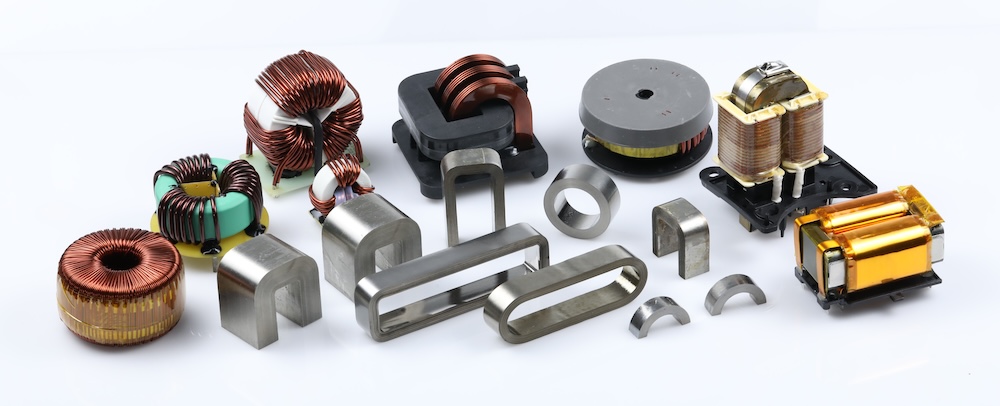
Pioneering advanced nanocrystalline solutions for next-generation technological breakthroughs
Founded in 2010, Jing Electronics has established itself as a global leader in the development and manufacturing of advanced nanocrystalline materials and devices. Our state-of-the-art facilities and team of expert scientists drive innovation across multiple industries.
With a commitment to quality, sustainability, and technological advancement, we collaborate with partners worldwide to bring cutting-edge nanocrystalline solutions to market.

To develop and deliver high-performance nanocrystalline materials and devices that enable technological advancements while maintaining the highest standards of quality and environmental responsibility.
To become the global benchmark in nanocrystalline technology, driving innovation across industries and contributing to a more sustainable and technologically advanced future.
Discover our range of high-quality nanocrystalline materials and devices designed for various industrial applications
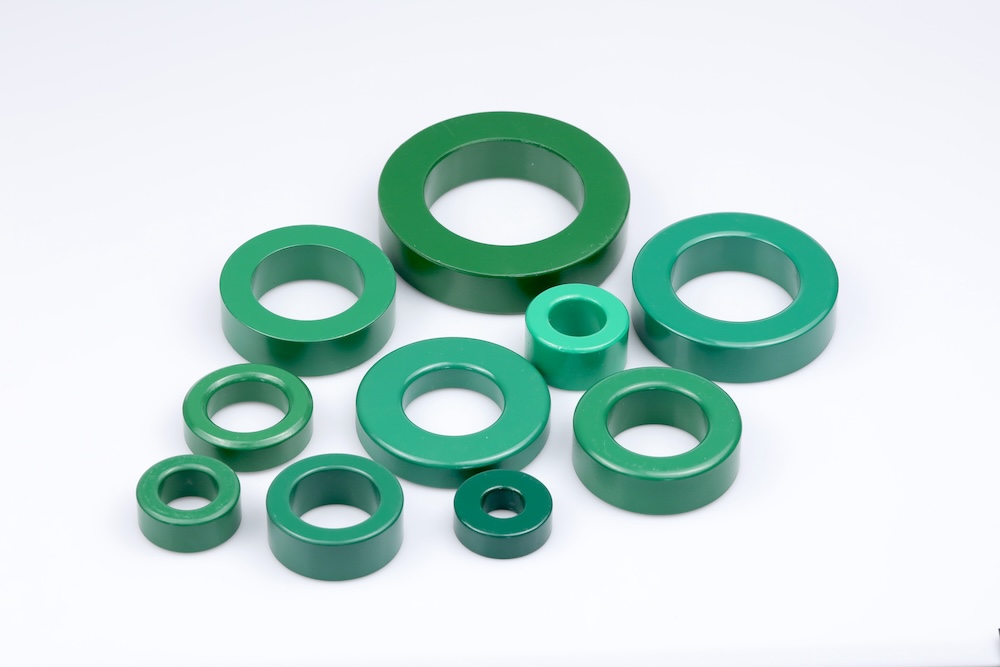
With high-performance magnetic cores for energy-efficient transformers and inductors.
Learn more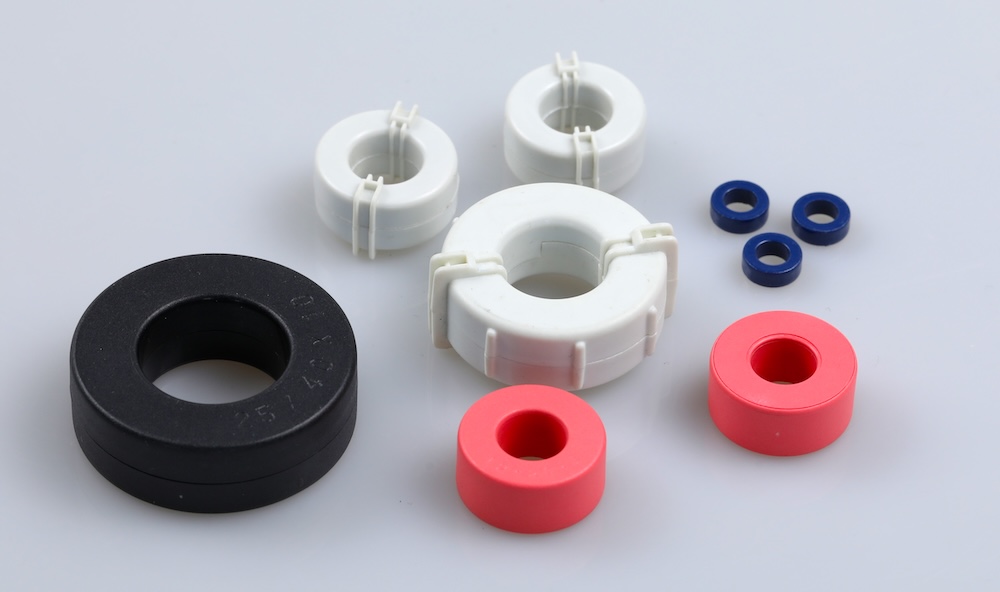
Advanced magnetic components for automotive, aerospace, and renewable energy sectors.
Learn more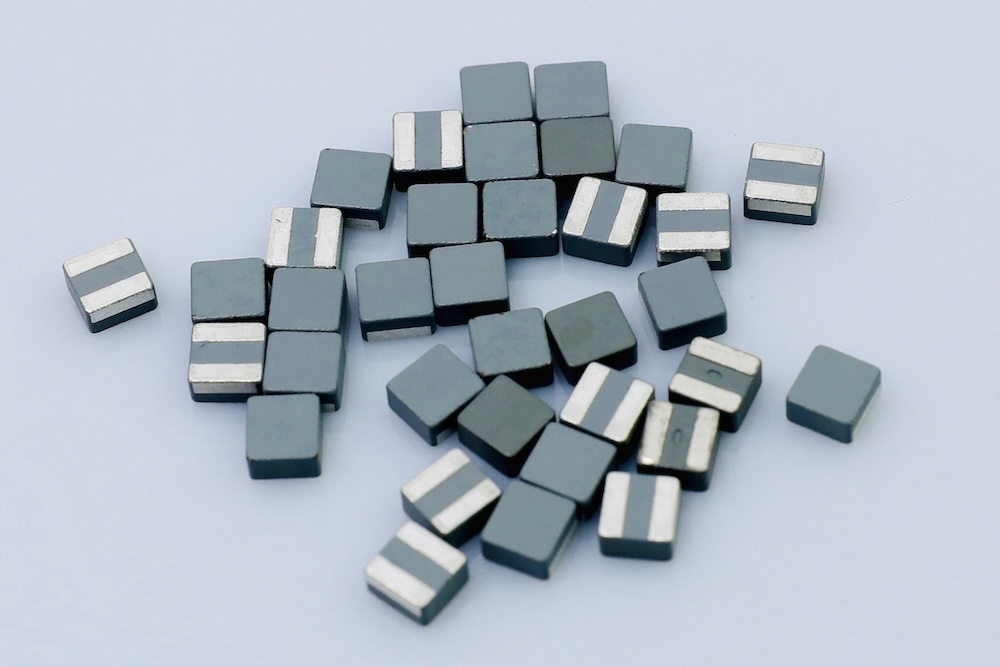
IM-Inductor is an integrated inductor fabricated via molding process, primarily functioning in energy storage, filtering, and current in electronic circuits.
Learn moreAt Jing Electronics, we leverage proprietary manufacturing processes to create nanocrystalline materials with exceptional properties. Our technology enables precise control over grain structure, resulting in materials with superior magnetic performance.
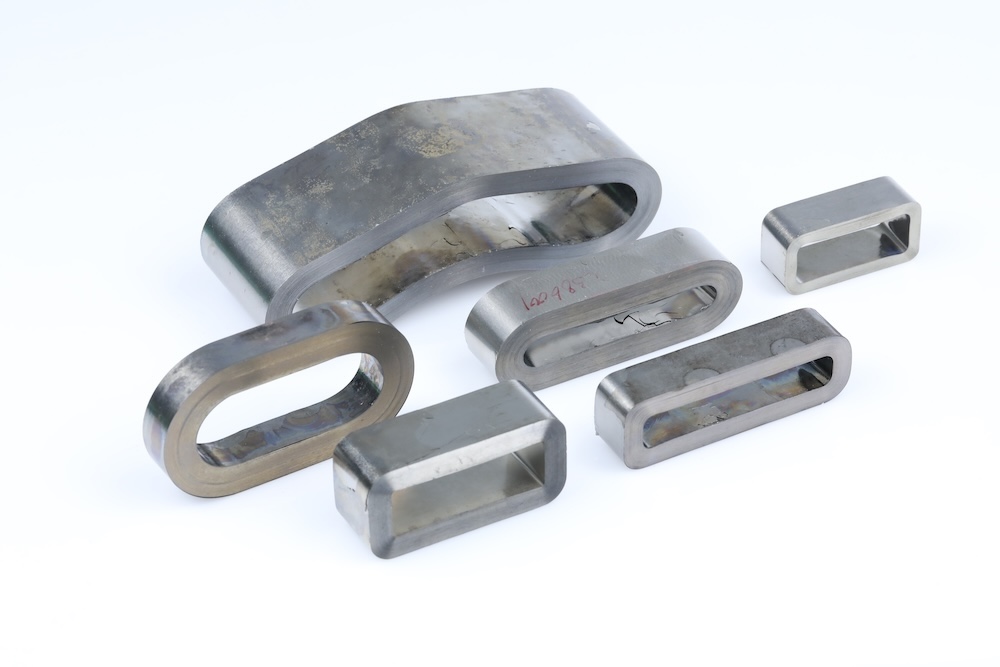
Our nanocrystalline materials power innovations across multiple industries worldwide
"Jing Electronics' materials have revolutionized our transformer efficiency. The performance gains have exceeded our expectations."

Chief Engineer, PowerTech Inc.
"The custom nanocrystalline components we sourced from NCT have significantly improved the performance of our electric vehicle systems."

R&D Director, EcoMotors
"Working with Jing Electronics has been exceptional. Their technical expertise and ability to deliver high-quality materials on time is unmatched."

Purchasing Manager, AeroElectronics